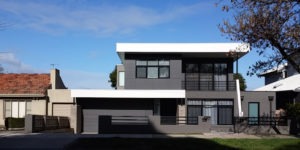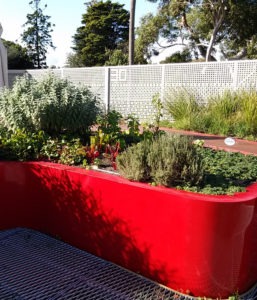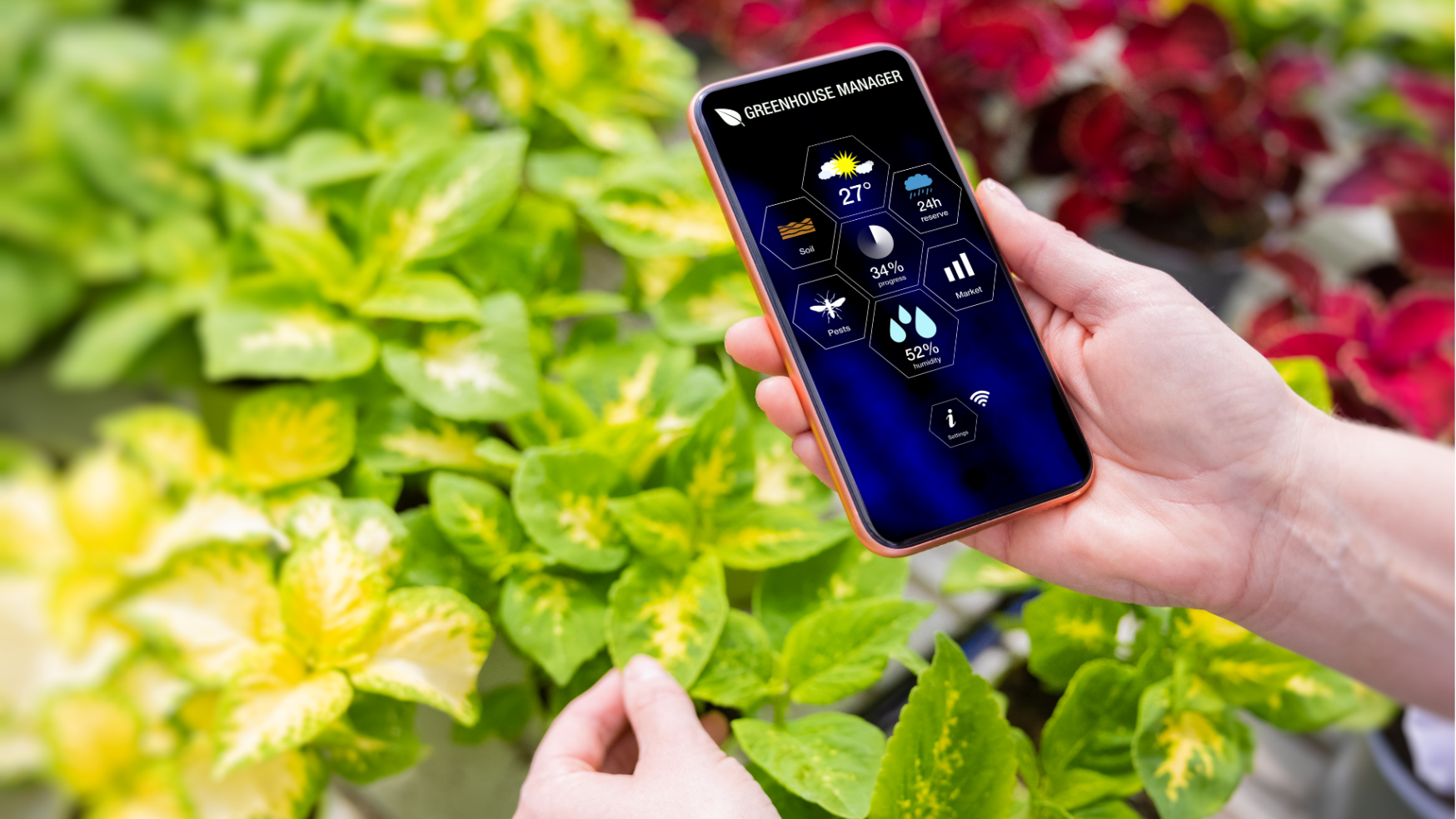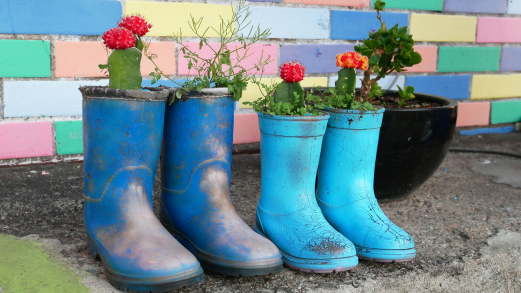Although beautiful old gardens are disappearing, there are initiatives to green cities. As old houses are pulled down to make way for new large ones, dual occupancies or apartment blocks built with very little garden and few trees, we sigh and wonder what the world is coming to. But Vision 202020, started in 2013, (now Green Spaces Better Places) was an attempt to increase green space in Australia’s cities so they can cope with a warming climate and pressures of modern living.
So far, there are 466 organisations in its network. Many government bodies, including local government, have signed up to it, are aligning their planning with it and are establishing specific projects to achieve this vision. Nationwide signatories include cities of Adelaide, Campbelltown, Ballarat, Central Goldfields, Canterbury, Melville, Fremantle, Gold Coast, Geelong, Stirling, Subiaco, Sydney, Vincent, Launceston, North Sydney, Penrith, Mundaring, Banyule, Darebin, Kingston, Melbourne, Yarra, Moreland and Whitehorse. Many other organisations, including 23 developer, construction companies have signed up along with many landscapers.
Why green cities?
There are many reasons to increase green space. See our previous article by Dr. Gregory Moore for more detail. Trees and other greenery moderate temperature and associated human comfort through shading, protecting from wind and through evapotranspiration. They also reduce glare and noise.1 These functions of vegetation lead to human health benefits such as reducing the cancer risk of sun exposure, reducing heat-related illness, improving mental wellbeing and reconnecting children with nature to improve their creativity and physical activity.
These benefits, in turn, flow on to economic benefits such as increased property values due to the aesthetics of trees and gardens, reducing costs of infrastructure and mechanical heating and cooling through shading and reducing health costs. A well-vegetated suburb has decreased costs of maintaining storm water systems because vegetation slows water flow and reduces soil erosion.
At least equally important are benefits to nature and ecosystems by absorbing carbon dioxide and providing wildlife habitat.
The big challenge
 Urban green space has been decreasing since the 1980s. Then, houses typically took up 20 – 30% of house lots but by 2010 they took up at least 35-40%. So backyards shrunk from 150 square metres to an average of 100 square metres. This reduction in green space was not due to urban consolidation, but to growth of house sizes – in the 1980s it was an average of 161 square metres, but by 2012-13 it was 241 square metres – a 50% increase! This means that green space in suburbs is increasingly in the form of very narrow strips between and behind houses – spaces that are not particularly useful for growing canopy trees, providing wildlife corridors or for outdoor relaxation or children’s play.
Urban green space has been decreasing since the 1980s. Then, houses typically took up 20 – 30% of house lots but by 2010 they took up at least 35-40%. So backyards shrunk from 150 square metres to an average of 100 square metres. This reduction in green space was not due to urban consolidation, but to growth of house sizes – in the 1980s it was an average of 161 square metres, but by 2012-13 it was 241 square metres – a 50% increase! This means that green space in suburbs is increasingly in the form of very narrow strips between and behind houses – spaces that are not particularly useful for growing canopy trees, providing wildlife corridors or for outdoor relaxation or children’s play.
Progress so far
Most of the projects associated with Greener Spaces Better Places have involved research, data gathering, policy and planning. These include:
- A database which shows which plants grow best under what conditions
- Developing a simple soil testing kit
- Developing a straightforward process to bring together councils, residents and businesses to create a collaborative low cost composting program
- Projects associated with funding and investment such as how best to share risks and costs of creating more green space
- A directory of good design which showcases examples of creating or improving green space
- An approach to creating common green space when individual dwellings have little or none around them
- Expanding Permablitz so that more people and organisations can access methods of permaculture
- A process for creating a community action plan to involve more people
Is this just all talk and paper work?
It might look that way, but meeting the somewhat ambitious goal of 20% more green space in just 7 years requires development of innovative and clear approaches to getting the work done.
One of the most interesting projects is a workbook How to grow an urban forest. This was the result of collaboration of different levels of government. Aimed primarily at local councils, the workbook sets out 10 very clear steps. A key component is engaging the broader community, explaining why it is so important that there is more green space and enlisting their aid rather than just changing planning laws and planting trees on council-owned property. This book contains examples of cities that have started the process of greening.
What can gardeners do?
As gardeners seeking a more sustainable world, we are probably saddened as we see gardens engulfed by multiple occupancies and houses of monumental size. Do we really need such large houses? Can we convince State and Local governments to change planning laws that permit this gobbling up of green space by over-sized buildings?
As individuals, there are many things we can do:

- Create green walls and roofs. Research is advancing on the best plants, soil and growing conditions. An excellent example of such research is being conducted at the University of Melbourne, Burnley Campus (shown at right). Many businesses are providing systems to enable these for homeowners.
- Grow canopy trees
- Plant tall shrubs and creepers along fence lines and walls
- Replace hard surfaces with vegetation – grass and lawn alternatives work well for walkways and driveways. There are now systems for providing a rigid underlay for grassed driveways.
- Encourage family, friends and organisations to which you belong to green-up
- And, if you are politically-minded, you can approach your local council and support their initiatives to green your local area.
References
- Hall T. 2010. The life and death of the Australian backyard. CSIRO Publishing.
Related Articles:
Citizen Science: A Pathway to Gardening Success and Biodiversity Conservation
In recent years, the realm of science has experienced a remarkable transformation, one that invites people from all walks of life to participate…
A Sustainable Gardener’s Guide to Thrifty Gardening
Creating an eco-friendly and cost-effective garden involves more than just nurturing plants; it's about adopting a sustainable approach that…




